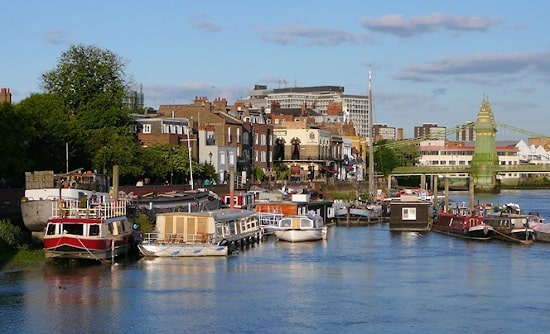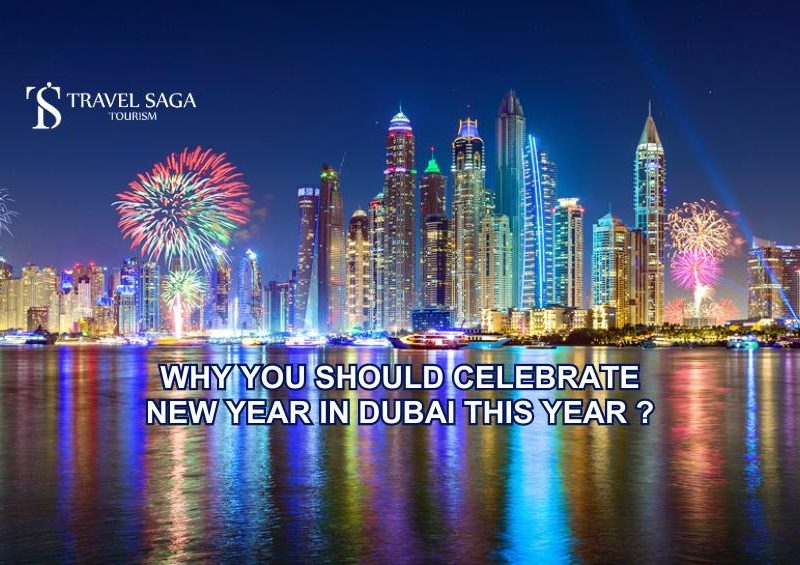It goes without saying to most amateur and professional historians that London in the UK is bursting with historical events.
From being the home of many London monarchs like the courageous Elizabeth the 1st to the quirky Charles the 2nd, to the infamous great fire and even being a center for punishment throughout the centuries in the Tower, it is easy to see why the city is overflowing with historical monuments and tours.
As anyone who has ever visited London knows, the city is divided into boroughs, each one with its own tale to tell. Hammersmith is a district in West London known for its bustling atmosphere, lively entertainment, and historical landmarks. The area has a rich history, which dates back to the early medieval period.
So, read on for a quick recap on this infamous borough and how it can be a great place to live and work if you love history.
The River
The origins of Hammersmith can be traced back to the 13th century when the area was known as “Hamersmyth,” meaning “blacksmith’s forge by the river.” The name was derived from the numerous blacksmiths and metalworkers who had set up shops and their own businesses due to its proximity to the River Thames. In fact, it is due to its location near the river that means it is popular for offices and homes, with many businesses looking for office space Hammersmith as well as properties to buy.
Brewing
In the 17th century, Hammersmith became an important location for the brewing industry, with many breweries established in the area. The Fuller’s Brewery, which is still in operation today, was founded in the area in 1845. Hammersmith was also home to several other notable industries, including piano manufacturing and the production of scientific instruments.
Transport
The 19th century saw significant changes to Hammersmith, with the construction of several key transportation links. The Hammersmith Bridge, which was completed in 1887, provided a vital connection between the north and south sides of the Thames. The London Underground’s District line was also extended to Hammersmith in 1868, making it easier for people to travel in and out of Hammersmith.
Buildings and Growth
Throughout the 20th century, Hammersmith continued to evolve, with many of its historic buildings being replaced with modern structures. However, some landmarks have stood the test of time, such as the Hammersmith Apollo (now known as the Eventim Apollo), which was originally opened in 1932 as the Gaumont Palace cinema. The venue has hosted numerous legendary performers over the years, including The Beatles, Bob Dylan, and Queen.
Hammersmith also played a significant role in the political history of the UK. The iconic Hammersmith Town Hall, which was completed in 1938, served as the headquarters of the London Borough of Hammersmith and Fulham. The building was also used as the venue for several important events, such as the Labour Party conference in 1957, which saw the launch of the Clean Air Act.
Future Of Hammersmith
In recent years, Hammersmith has undergone significant regeneration, with new developments such as the Westfield shopping center and the redevelopment of King Street. The area remains a vibrant and bustling part of London, with a thriving arts and culture scene, numerous restaurants and bars, and a range of entertainment options.


